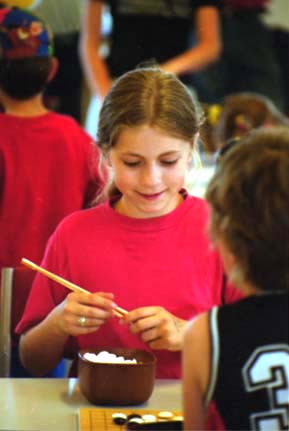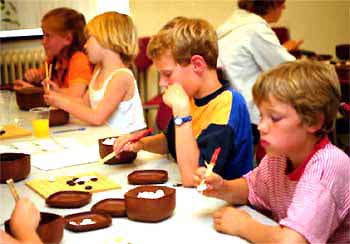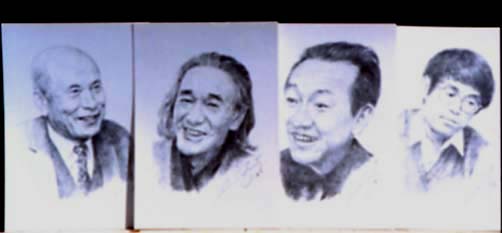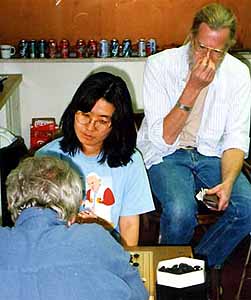 |
|
| Go is a game | |
 |
|
| Go is a game | |
| Å@ In June the World Amateur Go Championship was held in Sendai. This year Morocco participated for the first time. That should have taken the total to a new record of 56 countries, but the Luxembourg player was unable to come, so the total was 55, the same as last year. Every year I return home to Japan to help out at this tournament and also to study. To say that there are 56 go-playing countries is not the same as saying that there are 56 countries playing the game that we know and play in Japan. To put it in an extreme way, what it means is that there are 56 countries playing go each in their own unique way. There are 56 ways of enjoying go and the Japanese way is just one of them. The more go spreads, the more it will blend with the local culture in each country and take distinctive local forms. This is true not just of go but of all forms of culture, and it's an inevitable process. For example, the "Chinese cuisine" that we enjoy so much in Japan is the Japanese version of Chinese cuisine and is quite different from the real thing. It may be too much to expect that "Japanese go" will take root unchanged in overseas countries, but it's important to tell people about the distinctive features and the spendours of Japanese go. At the same time, it's also important to introduce the overseas variants to Japanese fans and show them new ways of enjoying go. Good things should be spread around. Well, let's forget about all the theorizing and look at what the actual differences are. The first thing that impressed me is that overseas go is a game. That's so elementary it hardly needs saying, but I sometimes hear stories from Japanese who get upset about the bad manners of foreign opponents who don't resign even when they are hopelessly behind. Sometimes they even end up pulling off an upset, which is even more upsetting. There are players who when they are losing by 100 points are happy if they can catch up and reduce the losing margin to 50 points. No one resigns at cards or mahjong, no matter how far they're behind, do they? For these players, go is the same thing. |
|
 Å@Å@Å@ Å@Å@Å@ |
 |
| At a children's tournament
I attended recently in Holland, a "chopsticks
go tournament" was held for the
beginners'
class and was very popular. Instead
of using
their hands, the children had to pick
up
go stones with their fingers to play.
The
stones kept slipping, so it was very
hard
to play where you wanted to. I tried
a practice
game on a 9x9 board, but I lost badly
to
one of the children! (By the way, all
participants
received the chopsticks and rice bowls
as
prizes.) The "beer-drinking tournament": this was really awesome. It was held at last year's European Go Congress. Each game the players had to drink a large mug of beer. If there was any left, you were disqualified. The time allowance was 30 minutes with no byo-yomi. Moreover, it went for two nights in a row and I was surprised at how many participants there were. People also go in for all kinds of go goods over here. Each club makes its own goods with their logos and all the members wear the same outfits. The country hosting the European Go Congress every year goes to a lot of trouble to design distinctive T-shirts, mugs, hats, stickers, and so on for sale at the congress and they're always popular. I was very surprised the first time I discovered the four postcards of professional players (Iwamoto, Go Seigen, Sakata, Kobayashi Koichi) produced by the British Go Association. These are freebies given away with books, and you can't buy them separately. I wonderif I am the only one who wants the freebies more than the books? Actually I'm a collector of go T-shirts. I have about 20 and I wear them in rotation. They attract attention and people often ask me about them in the street. Now that go has spread around the world, there's a lot we can learn from other countries. |
|
 |
|
 |
 |